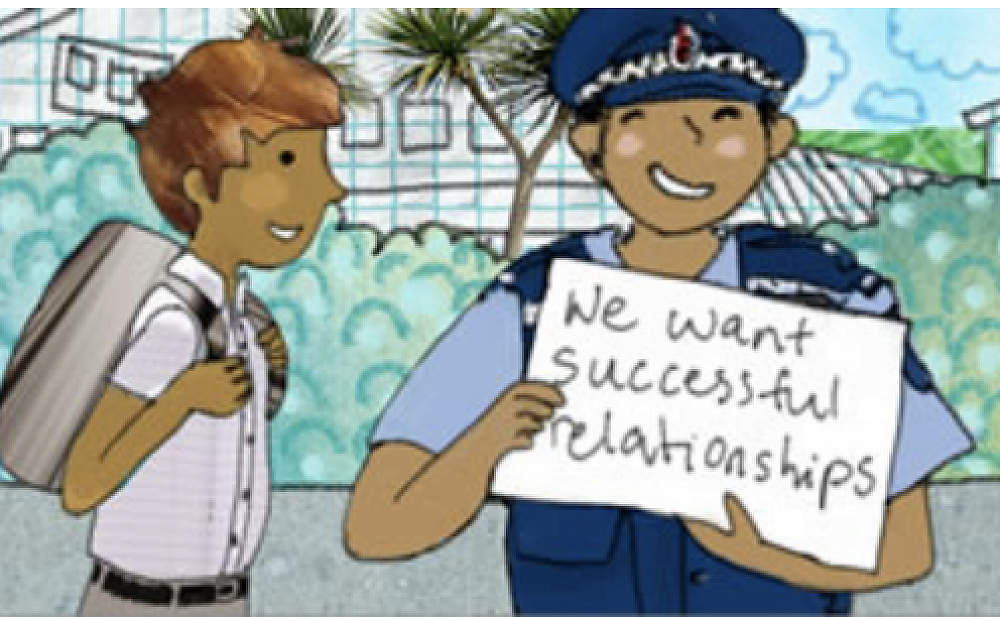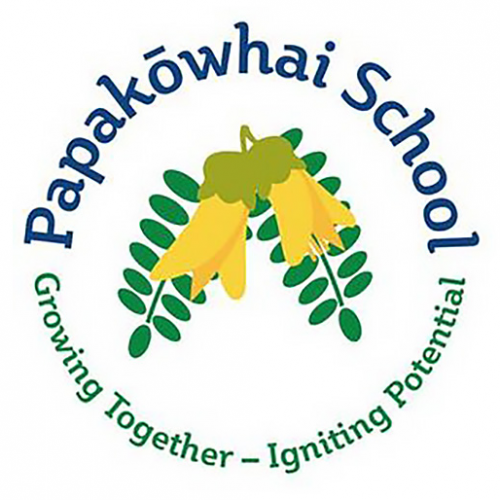
Kia Kaha
Kia Kaha is an anti-bullying programme created by the NZ Police. Kia Kaha enables students to develop strategies for respectful relationships where bullying behaviours are not tolerated.
The Kia Kaha programme is made up of two parts:
Classroom lessons – each class will complete lessons based on which syndicate they are in.
Reporting of bullying – Students report bullying to the Kia Kaha team or another staff member.
Classroom Lessons
Year 0-3: - Let's All Be Friends + I Have Choices
Year 4-6: Hurting - (Learning Experience 1 & 3); Putting a Stop to Bullying - (Learning Experience 2 & 3)
Year 7-8: No More Bullying (Paste Shop, Exposing the Girl Bullies, Hot Seat); Knowing and Respecting Others (Don't Cry for Billie, Dear Bobby, Profile Photos)
Report of Bullying
Students report bullying to a teacher
When students report bullying, either the teacher or Kia Kaha teacher completes a screening form – this provides the Kia Kaha team with information regarding the bullying.
The screening form enables the Kia Kaha team to decide if what has been reported is bullying or a conflict.
Classroom teachers are informed of conflicts and they work through these issues with the students involved. Parents are contacted if necessary.
If an incident is deemed as bullying, a teacher from the Kia Kaha team will complete a form. This involves:
• Having a discussion with the student who is being bullied and identifying a buddy that can help them
• Contacting this student’s parents
• Informing the classroom teacher of what is happening and who the student's buddy isTwo Kia Kaha team teachers complete form 3, this involves:
• Meeting with the student who has been reported as the bully and discussing their behaviour. They are not labeled as a bully at this meeting.
• Prompt this student to identify what they can do to change their behaviour
• Contacting this student’s parentsAfter one week a Kia Kaha team teacher will meet with both students (separately) to ensure that the behaviour has changed.
